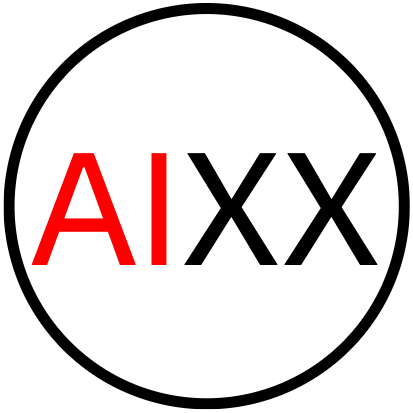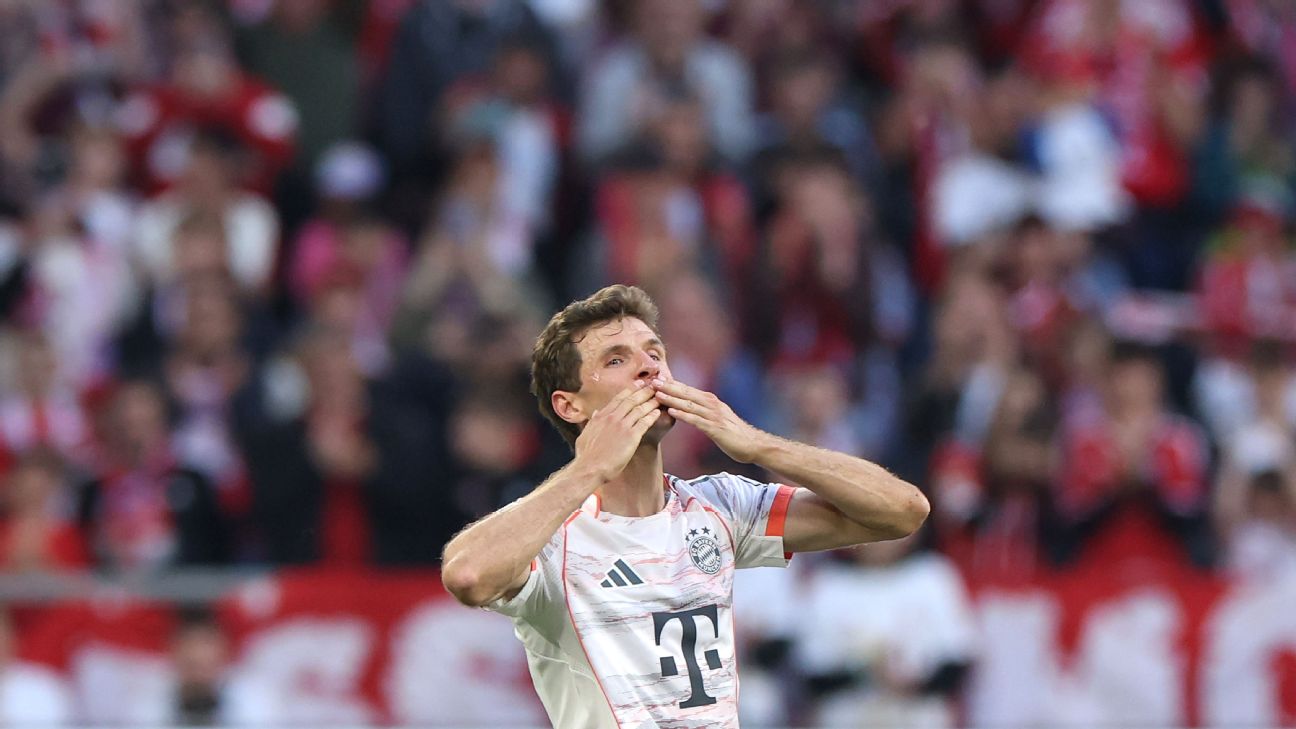Kazakhstan's UEFA Journey: Exploring the Geopolitical Shift in European Football
Discover why Kazakhstan transitioned from the Asian Football Confederation to UEFA in 2002, exploring its geopolitical motivations, competitive milestones, and impact on European football.


From AFC to UEFA: Kazakhstan's Football Realignment
Kazakhstan's footballing identity underwent a seismic shift in April 2002 when the Football Federation of Kazakhstan (KFF) officially joined UEFA. This strategic move followed years of deliberation, rooted in the nation's unique geographical position straddling Europe and Asia.
Historical Context & Political Motivations
- Formed after USSR dissolution (1992) as Fark federation
- Joined FIFA and Asian Football Confederation (1994)
- Launched UEFA membership bid (2000) citing:
- 15% territory west of Ural River in Europe
- Enhanced development through European football infrastructure
- Political alignment with European institutions
Competitive Timeline in UEFA
| Milestone | Year | Achievement |
|---|---|---|
| First UEFA qualifier | 2004 | Euro 2004 preliminary matches |
| World Cup debut | 2006 | 2010 World Cup qualification campaign |
| Club breakthrough | 2013 | Shakhter Karagandy reaches Europa League group stage |
| Champions League entry | 2016 | Astana becomes first Kazakh club in UCL group phase |
Current European Footprint
- Astana FC: 7 consecutive European campaigns (2015-2022)
- Kairat Almaty: 2023 UCL league phase debut vs Real Madrid/Arsenal
- National team record: 12 competitive wins in UEFA tournaments (2004-2023)
Geographical representation of Kazakhstan's UEFA alignment
Challenges & Future Prospects
- Travel logistics: Average 3,200km distance for away matches
- Financial investment: €45M spent on youth academies since 2015
- Competitive gap: 0.78 goals scored per UEFA match (2004-2023)
"Joining UEFA transformed our football DNA," states KFF president Adlet Barmenkulov. "We're building a bridge between continents while elevating our standards."
Statistical Sources: UEFA Technical Reports 2022, KFF Annual Review































